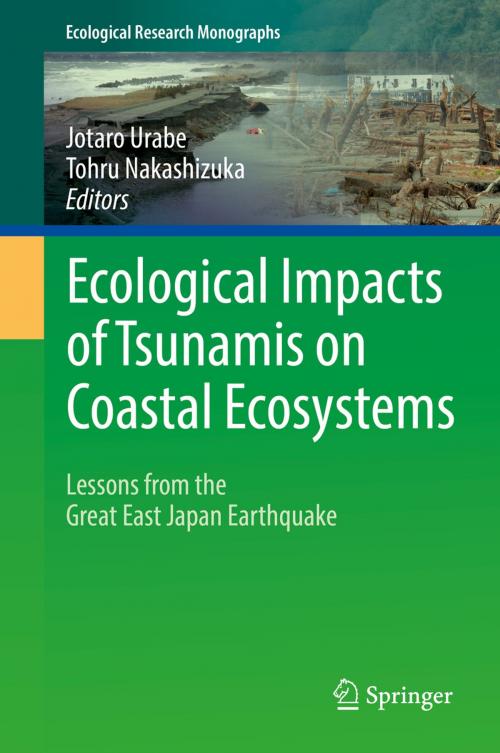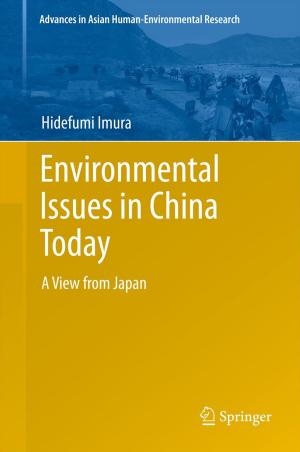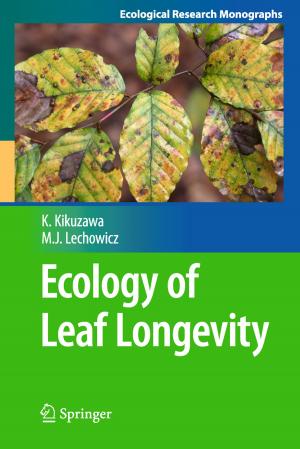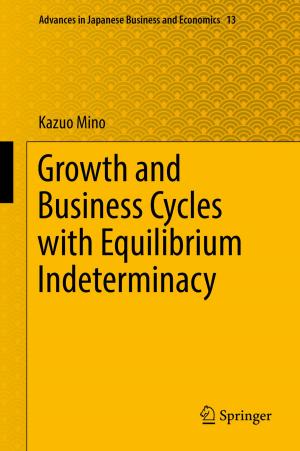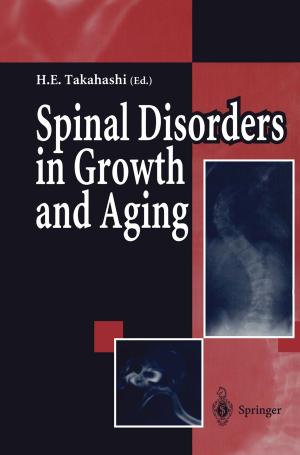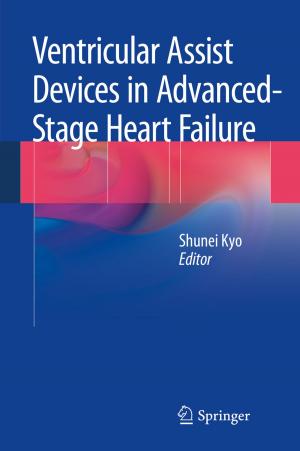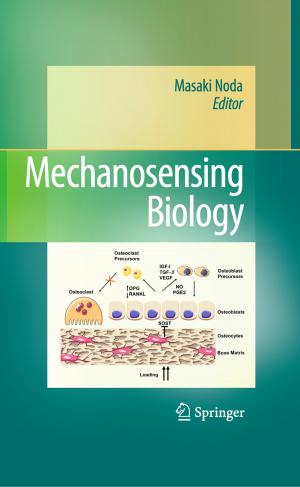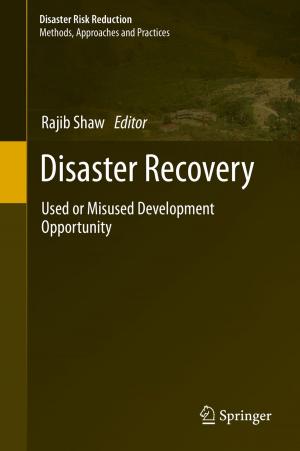Ecological Impacts of Tsunamis on Coastal Ecosystems
Lessons from the Great East Japan Earthquake
Nonfiction, Science & Nature, Science, Biological Sciences, Marine Biology, Ecology| Author: | ISBN: | 9784431564485 | |
| Publisher: | Springer Japan | Publication: | October 28, 2016 |
| Imprint: | Springer | Language: | English |
| Author: | |
| ISBN: | 9784431564485 |
| Publisher: | Springer Japan |
| Publication: | October 28, 2016 |
| Imprint: | Springer |
| Language: | English |
This book focuses on the ecological impacts of the Great East Japan Earthquake and resulting tsunamis, a rare and extremely large disturbance event, on various coastal ecosystems in Japan’s Tohoku area, including sub-tidal and tidal animal communities, sand dune plant communities and coastal forests. The studies presented here describe not only how species and populations in these ecosystems were disturbed by the earthquake and tsunamis, but also how the communities have responded to the event and what types of anthropogenic activities will hamper their recovery processes.
In the ecological sciences, it is often argued that large disturbances are critical to shaping community structures and biodiversity in local and regional habitats. However, our understanding of these roles remains limited, simply because there have been few opportunities to examine and address the ecological impacts of large disturbance events. The scale of the 2011 Great East Japan Earthquake makes it one of the largest hazards in the past 1000 years. Thus, this book provides a unique opportunity to advance our understanding of the ecological impacts of large and rare disturbances and the implications of these events in the conservation and management of coastal ecosystems.
Following an outline of the Great East Japan Earthquake, the book’s content is divided into two major parts. Part I reports on studies examining the ecological impacts of the tsunamis on sub-tidal and tidal animal communities, while Part II focuses on terrestrial plant communities in Japan’s coastal Tohoku area.
This book will benefit all scientists interested in the ecological impacts of large disturbances on aquatic and terrestrial ecosystems in general, and especially those who are interested in the ecological management of coastal ecosystems and Ecosystem based Disaster Risk Reduction (EcoDRR).
This book focuses on the ecological impacts of the Great East Japan Earthquake and resulting tsunamis, a rare and extremely large disturbance event, on various coastal ecosystems in Japan’s Tohoku area, including sub-tidal and tidal animal communities, sand dune plant communities and coastal forests. The studies presented here describe not only how species and populations in these ecosystems were disturbed by the earthquake and tsunamis, but also how the communities have responded to the event and what types of anthropogenic activities will hamper their recovery processes.
In the ecological sciences, it is often argued that large disturbances are critical to shaping community structures and biodiversity in local and regional habitats. However, our understanding of these roles remains limited, simply because there have been few opportunities to examine and address the ecological impacts of large disturbance events. The scale of the 2011 Great East Japan Earthquake makes it one of the largest hazards in the past 1000 years. Thus, this book provides a unique opportunity to advance our understanding of the ecological impacts of large and rare disturbances and the implications of these events in the conservation and management of coastal ecosystems.
Following an outline of the Great East Japan Earthquake, the book’s content is divided into two major parts. Part I reports on studies examining the ecological impacts of the tsunamis on sub-tidal and tidal animal communities, while Part II focuses on terrestrial plant communities in Japan’s coastal Tohoku area.
This book will benefit all scientists interested in the ecological impacts of large disturbances on aquatic and terrestrial ecosystems in general, and especially those who are interested in the ecological management of coastal ecosystems and Ecosystem based Disaster Risk Reduction (EcoDRR).
